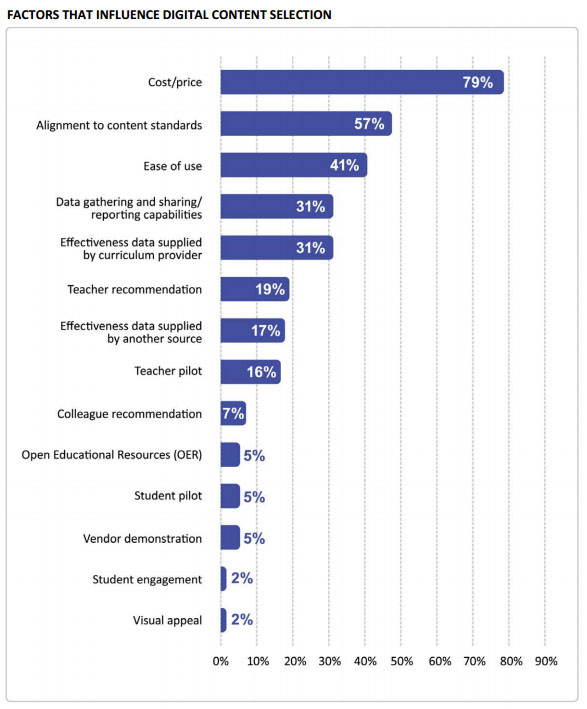A new report on efforts to use more digital learning in Ohio schools highlights the importance of training teachers how to use these tools, including games, and the important role played by consultants hired to facilitate this transition.
 Most schools that are moving to use games are those that have begun adopting what is called “blended learning” approaches to the classroom, where teachers use some traditional forms of instruction mixed with games and other digital tools that are more personalized.
Most schools that are moving to use games are those that have begun adopting what is called “blended learning” approaches to the classroom, where teachers use some traditional forms of instruction mixed with games and other digital tools that are more personalized.
Ohio published a survey last week of their school systems and the results are worth paying attention to if you are building games or digital tools for the classroom. The survey found that high schools were the ones diving into these blended teaching models with middle and elementary schools trailing far, far behind. Some 58 percent of schools in the state were doing blended learning, but only 10 percent elementary and middle schools were doing it.
For those schools that are doing blended learning, how they choose are informed by cost and alignment to standards more than anything else. And when asked why they wanted to embrace blended learning, most teachers and administrators stressed the importance of personalized learning, that is having tools that allow students to learn at their own pace – a critical component of most game-based learning pitches.
“A third of survey respondents cited a lack of planning time and a need for more thorough planning as primary challenges with blended-learning implementation,” the survey authors wrote. “Iterative innovation processes are helpful in planning for blended learning because, even though there are building blocks, there is no “right formula” in implementation. If school leaders understand how to use iterative innovation processes to meet their specific goals, the planning and implementation of blended-learning programs will be more efficient and will move schools more quickly toward discovering approaches that improve their students’ outcomes.”
The other strand that came out of the research was the role played by consultants who are hired by the districts to implement blended learning in the classroom. These consultants help plan the new curriculum and train teachers. Most are funded by the district and end up helping the schools choose the technology and tools.
This audience could be a critical one for game makers to reach out to as impressing one consultant could help win integration into entire blended learning setups in schools throughout a region.
One takeaway from the report comes from the Hechinger Report, a nonprofit news service that covers education (and whose pieces we sometimes feature at gamesandlearning). In their report about the work in Ohio, Nichole Dobo noted the ongoing controversy connected to the state’s charter school program, which the legislature just moved to crack down on.
“Let’s connect those thoughts,” Dobo writes. “Here’s a state where, if the survey is correct, most charters are failing to adopt a particular innovation (in this case, blended learning), while a whole bunch of traditional schools are eager to innovate, but struggling for lack of opportunities to test-drive new technology.”
